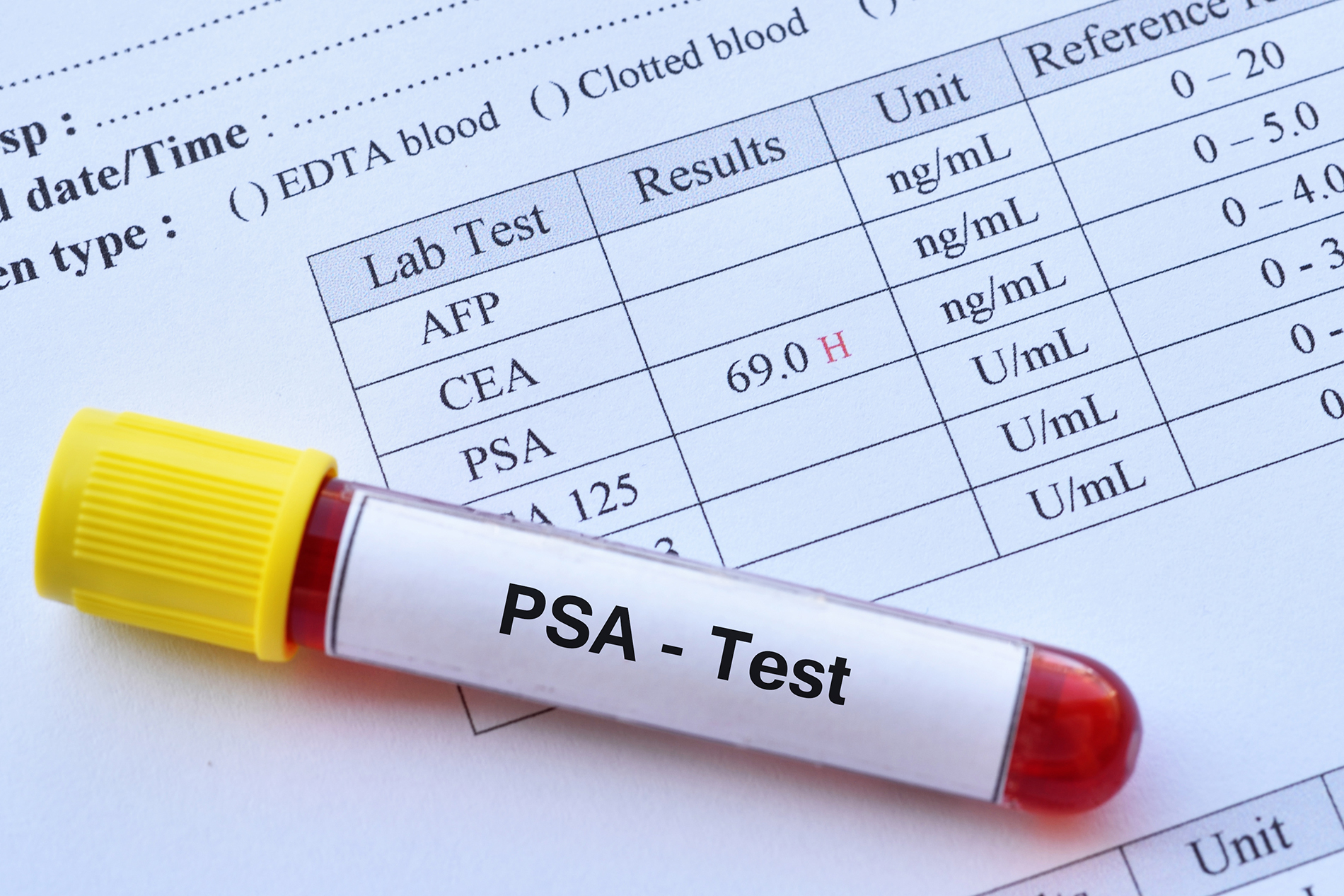Prostate cancer is the second most common cancer among men (after skin cancer). One in eight men will be diagnosed with the disease. While only three percent of men die of prostate cancer, it can decrease quality of life and harm patients in other ways. Lee A. Hugar, MD, MSCR, a urologist with Lexington Urology at Lexington Medical Center, explains the best ways to screen for and prevent prostate cancer.
Q: What are the best ways to screen for prostate cancer?
A: Doctors can perform a PSA screening with a simple blood draw. PSA stands for “prostate specific antigen,” a protein made in the prostate and deposited into seminal fluid. Generally, the higher a PSA value, the more likely a patient has prostate cancer. However, some men with a low PSA can have prostate cancer. That’s why we recommend a prostate exam at your health care provider’s office, too.
Q: Who should be screened for prostate cancer?
A: The American Urological Association recommends PSA-based prostate cancer screening for men ages 55 - 70. Men at higher risk of prostate cancer should consider starting screening between ages 40 - 55. Risk factors, life expectancy and overall health should be considered when deciding on screening. Talk to your doctor about your individual needs.
Q: What are risk factors for prostate cancer?
A: Risk factors include being over age 45, having a first degree relative with prostate cancer, genetic mutations and African-American ancestry.
Q: What are the symptoms of prostate cancer?
A: Symptoms can include difficulty with urination, urinating often – especially at night, trouble emptying the bladder completely, pain or burning during urination, blood in urine or semen, pain in the back, hips or pelvis that doesn’t go away, and painful ejaculation.
Q: What can men do to reduce their risk?
A: Men can reduce their risk of dying of prostate cancer through screening regularly and quitting smoking, which is associated with increased likelihood of recurrence or prostate cancer spreading throughout the body.







Leave a comment